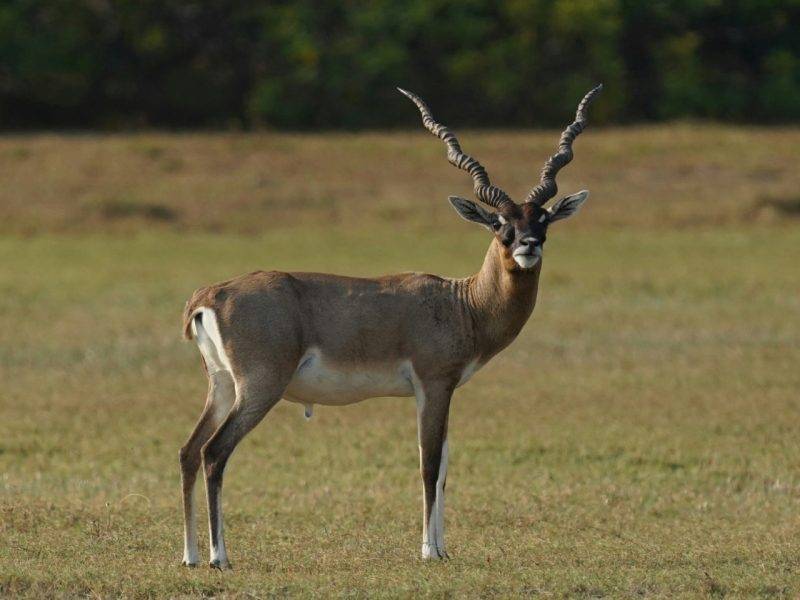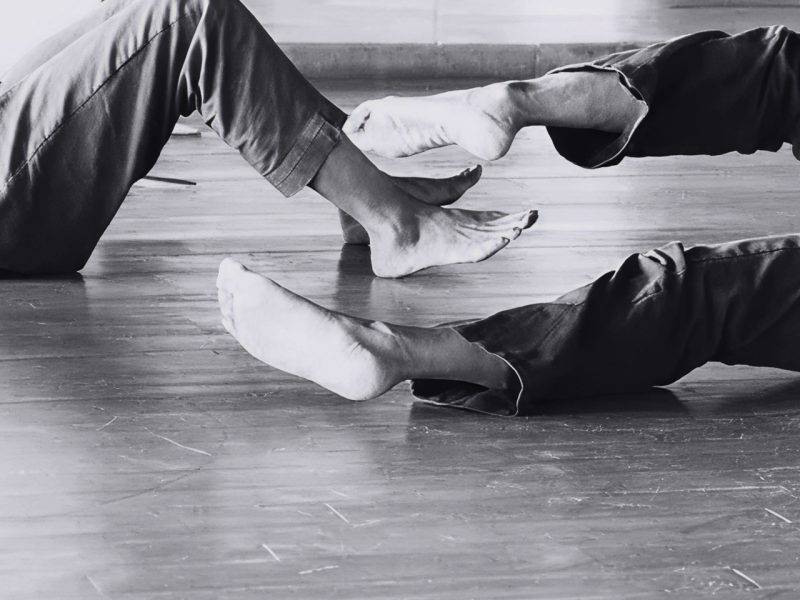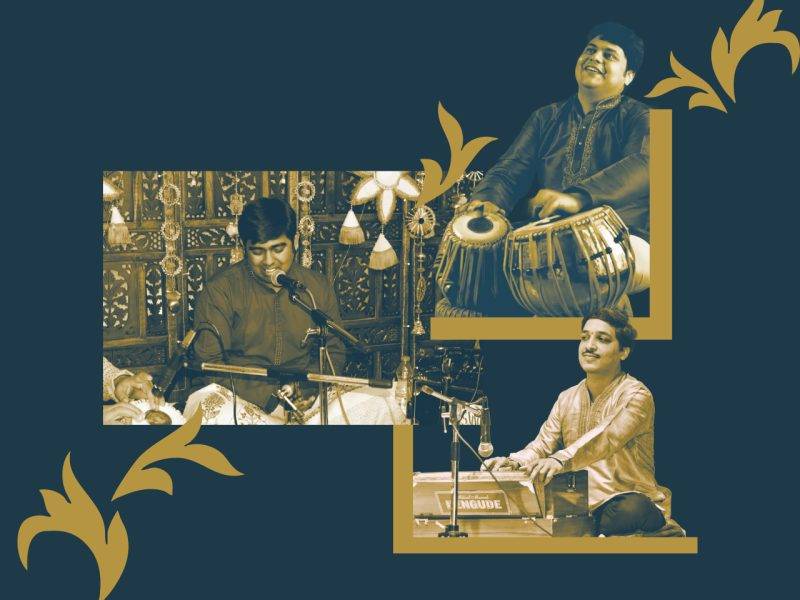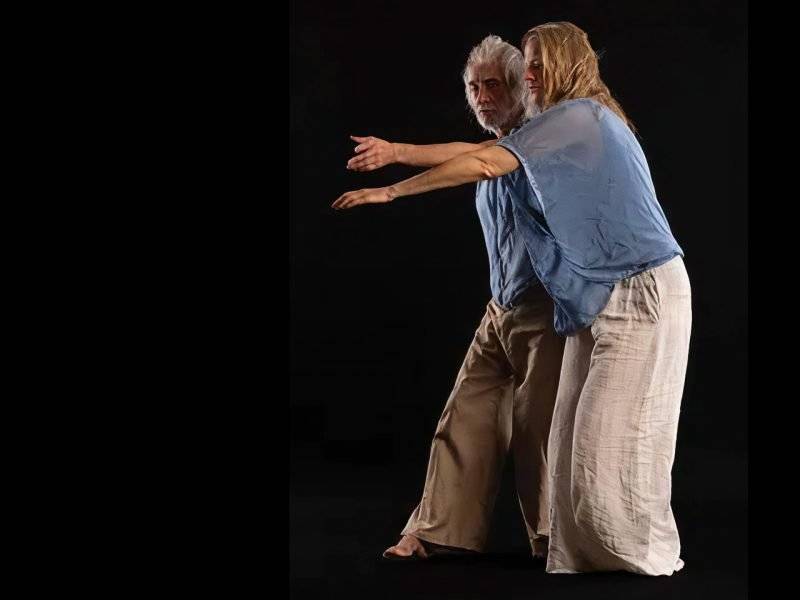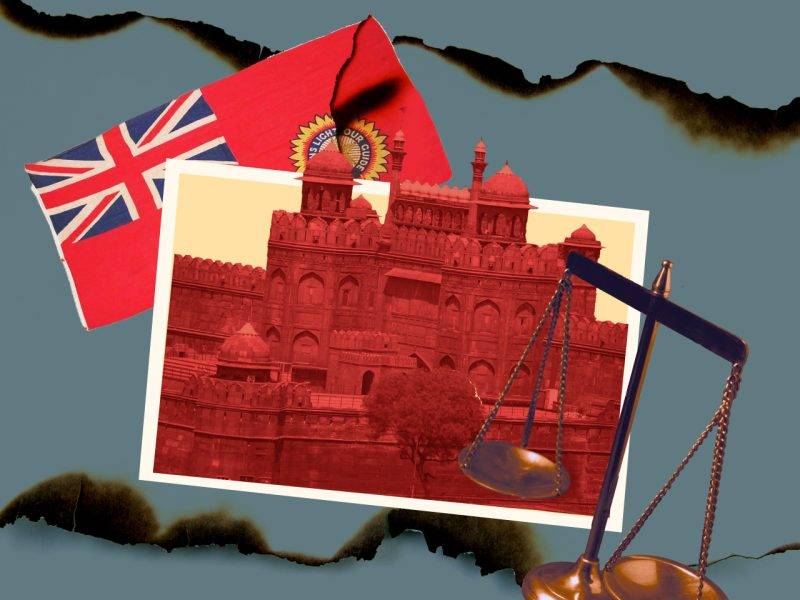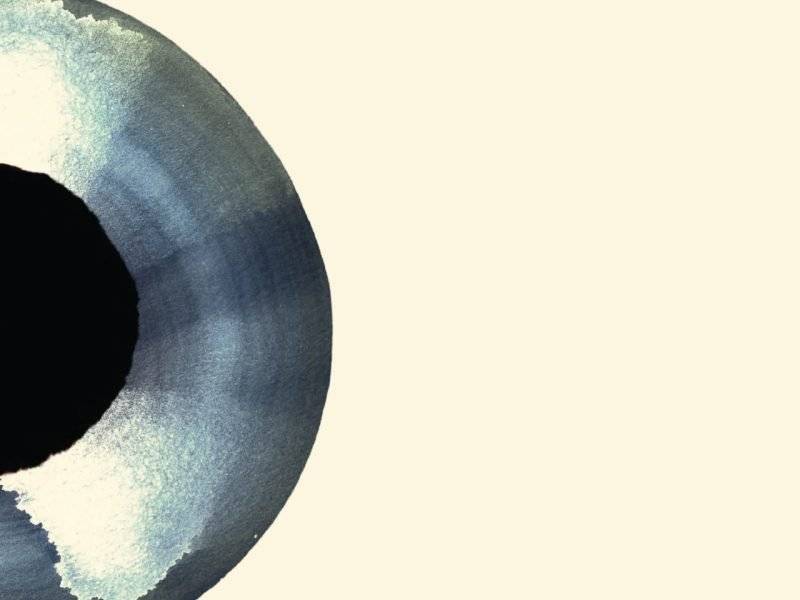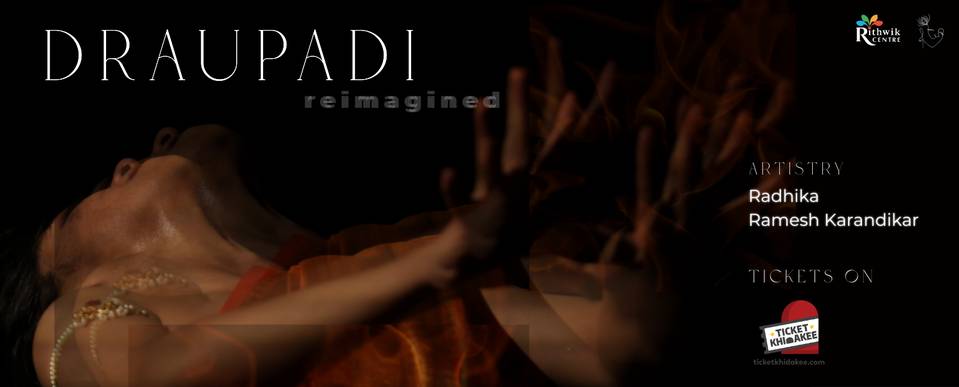As a Stranger I Came… Franz Schubert’s ‘Winterreise’ Song Cycle for Voice and Piano Performed by Maria Forsström and Bengt Forsberg
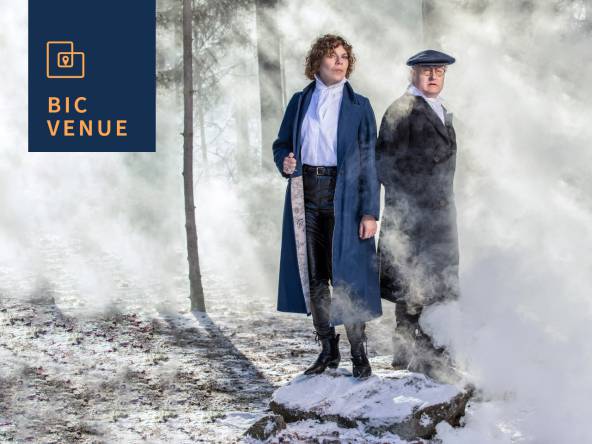
Details
Mar 03 2023 to Mar 03 2023 7 p.m.
EVENT HAS ENDED
Where
Bangalore International Centre
7 4th Main Rd, Stage 2, Domlur 560071
Event Description
Franz Schubert (1797-1828)
Winterreise D.911 Op. 89
“As a stranger I came, and as a stranger I depart.” So begins the journey of heartbreak, hallucination, struggle, hope, elation, resignation, and transcendence.
Franz Schubert composed his epic song cycle, Winterreise, “Winter Journey,” a setting of Wilhelm Müller’s narrative poetry, in two parts, each with 12 songs, in February and October of 1827. Winterreise is a memory piece, the internal monologue of a man who has returned to the town where he first fell in love, who, as he wanders presently in the cold of winter, his tears freezing as they fall on his cheeks, recalls a life of what might have been. True to the Romantic Era, each of the 24 songs in the cycle is its own psychological treatise and reflection of the human experience in our natural world.
Winterreise is Schubert’s potent melodic distillation in which he transformed forever the nature of the relationship between singer and pianist into a collaborative partnership, giving equal importance to the pianistic expression of emotion and drama in the story. The piano tone-paints the wind in the trees, the vividly rushing water under the ice, the singing birds, baying dogs, the grating rusty weathervane, the post horn calling, the drone and repeated melody of the hurdy-gurdy. The poet internalizes all these phenomena and equates them with his own emotions in the telling.
Franz Schubert (1797–1828) was an Austrian Romantic composer and although he died at the age of 31, he was prolific, having written some 600 Lieder and nine symphonies, including the two great song cycles, Die Schöne Müllerin and Winterreise, the Eighth (‘Unfinished’) and Ninth (‘Great’) Symphonies, the Octet for Wind, the last three string quartets, the two piano trios, the String Quintet, the ‘Wanderer’ Fantasy, and the last six sonatas for solo piano.
The evening will begin with a dialogue around Winterreise and Franz Schubert, followed by the recital by Maria Forsström and Bengt Forsberg.
Image credit: The photograph of Maria Forsström and Bengt Forsberg on the poster and thumbnail is by Mats Bäcker.

